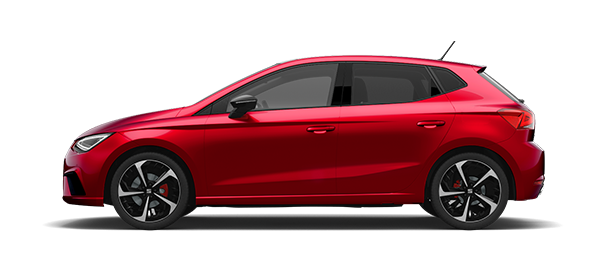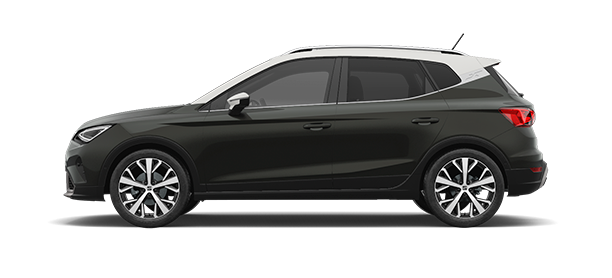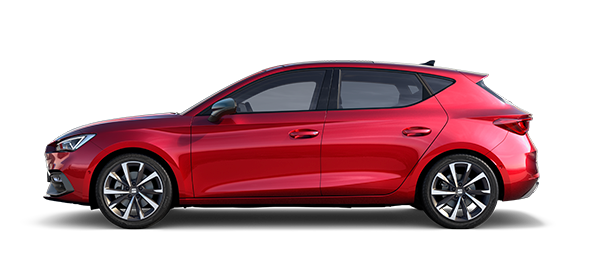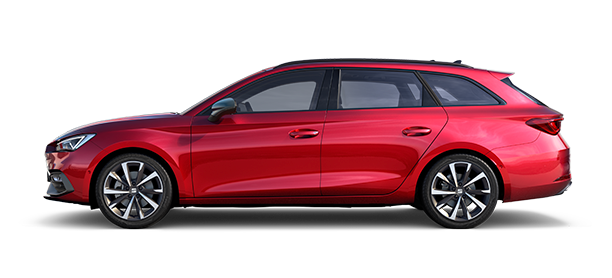With the growing interest in sustainable mobility, hybrid cars are experiencing significant growth across Europe. Not only do they help reduce environmental impact, but they also offer an ideal balance between performance, efficiency, and comfort. At SEAT, we are committed to this green revolution, so we want to show you the top 10 advantages of driving a hybrid car.
1. Grants and Tax Benefits
One of the biggest advantages of purchasing a hybrid vehicle in Europe is the possibility of benefiting from various grants, tax incentives, and exemptions offered by many countries. For instance, in several European nations, plug-in hybrid car owners can take advantage of government schemes that offer subsidies on the purchase of eco-friendly vehicles. Additionally, certain countries provide reduced road tax, lower registration fees, and discounts on city tolls, contributing to long-term savings.
2. Lower Operating Costs
Hybrid cars offer significantly lower operating costs compared to traditional gasoline vehicles. Across Europe, they can rely more on electric and petrol power, which results in fewer trips to the pump. The improved fuel economy of hybrid vehicles means reduced fuel expenses, while less maintenance required further contributes to lowering the overall cost of ownership. For those looking for efficiency, hybrid cars are worth the investment.
3. Savings on Maintenance
Hybrid cars work differently from conventional vehicles, requiring fewer maintenance checks. With regenerative braking, hybrid cars experience less wear and tear on key components, like the brake system. This technology not only helps slow the car down but also recharges the battery. As a result, the brakes last longer and require fewer replacements. Furthermore, hybrids hold their value better after they leave the dealership, ensuring you get more for your money in the long run.
4. Greater Efficiency and Performance
SEAT hybrid cars are engineered to deliver both efficiency and performance. In urban areas, hybrid cars are often much more efficient compared to their traditional counterparts due to the use of the electric motor. The fuel economy in cities is particularly impressive, reducing both emissions and fuel consumption, while also offering a quieter and smoother ride with less wear and tear on the engine.
5. Extended Range for Long Trips
Plug-in hybrid vehicles combine electric and petrol power to offer flexibility for both medium urban commutes and long-distance trips. For example, models like the León e-HYBRID can drive up to 133 km on electric power alone, ideal for city driving. For longer trips, the petrol engine ensures you won’t be limited by battery range, providing the dual advantages of extended range and reduced fuel consumption.
6. Charging Flexibility
Charging a plug-in hybrid vehicle in Europe is becoming increasingly convenient. Home charging options, such as a standard outlet or dedicated charger, are readily available, and the number of public charging stations is expanding rapidly across the continent. This makes it easy to keep your electric battery charged, whether at home or on the road. This means they may need fewer refuelling stops, adding flexibility to your driving experience.
7. Sustainability and Renewable Energy
Driving a hybrid car supports sustainable initiatives across Europe. Hybrid cars offer reduced fuel consumption and lower CO2 emissions, which contribute to cleaner air in urban environments. SEAT models, equipped with advanced technology, are designed to minimise your carbon footprint and promote sustainable driving, making hybrid cars worth considering for those committed to reducing their environmental impact.
8. Benefits of the ECO Label
In several European countries, hybrid vehicles equipped with an ECO label can benefit from a range of perks. These include lower parking fees, toll discounts, and access to restricted urban areas. Additionally, many cities allow hybrid drivers to use carpool and bus lanes, further easing congestion. With less maintenance than conventional cars, thanks to the electric motor and regenerative braking system, hybrids offer both financial and practical benefits.
9. Access to Restricted Areas
Many cities in Europe impose restrictions on internal combustion vehicles to combat pollution, and hybrid cars are often exempt from these limitations. The ability to enter low-emission zones provides a significant advantage, especially in metropolitan areas. Since hybrid cars work to reduce emissions, they also contribute to better air quality. Second-hand buyers may also find hybrid vehicles more appealing, given their eligibility for these benefits and their long-term savings potential.
10. Longer Lifespan
The combination of electric and petrol power ensures that hybrid cars experience less wear on the engine and key components, making them more durable over time. Thanks to regenerative braking and the shared workload between the engine and the electric motor, hybrid vehicles tend to last longer than conventional cars. This also helps hybrids retain their value, as hybrid cars hold their value better due to lower maintenance needs and increased longevity.
Why Choose SEAT for Your Hybrid Car?
SEAT offers a range of hybrid models designed to balance efficiency, performance and sustainability. By choosing a SEAT hybrid, you’re not only contributing to a greener future but also benefiting from exceptional fuel economy and reduced emissions. With government incentives available across Europe, it’s the perfect time to explore hybrid driving. Find out more about how SEAT’s hybrid vehicles can help you drive smarter and cleaner today.











